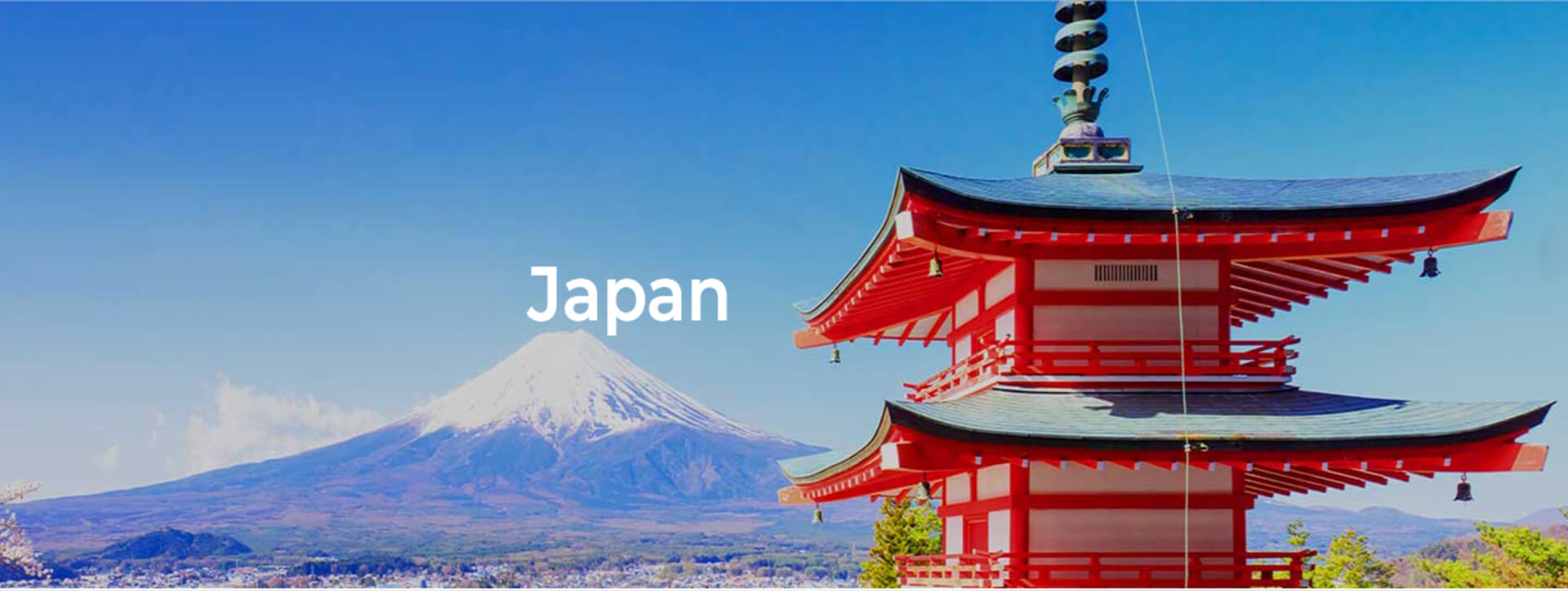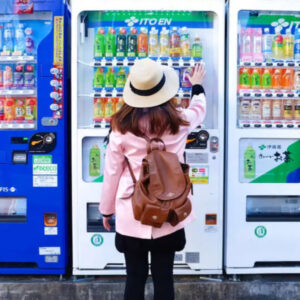Kamakura, Japan: History and Wonders
Kamakura is a historic city in Kanagawa Prefecture, just south of Tokyo, renowned for its rich cultural heritage, numerous Buddhist temples, Shinto shrines, and stunning natural landscapes. Founded as the seat of the Kamakura shogunate in the late 12th century, Kamakura played a crucial role in Japan’s history.
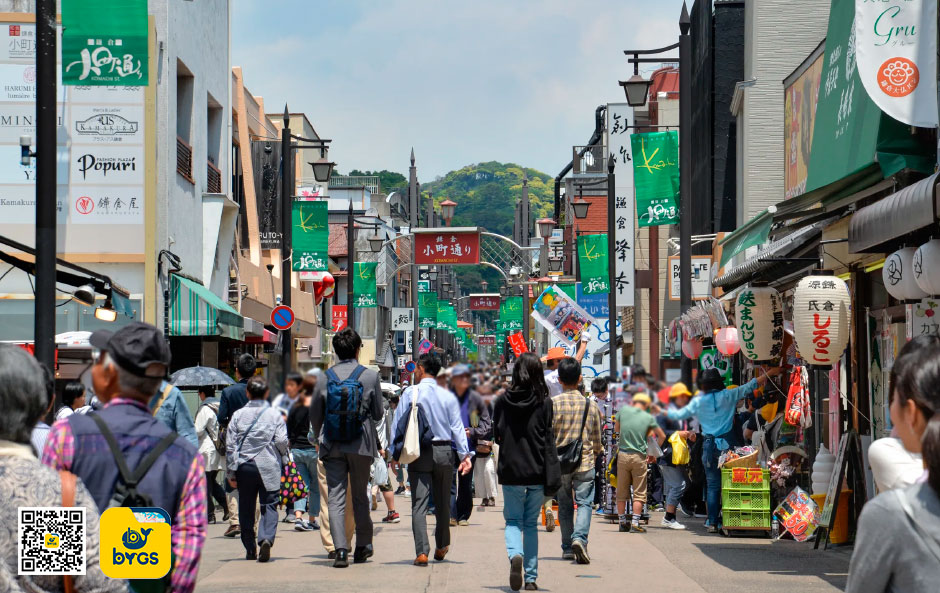
1. History and Significance
- Kamakura Period (1185-1333): Kamakura served as the capital of Japan during the Kamakura Period, when the Kamakura shogunate ruled the country. This era marked the beginning of samurai governance, deeply influencing Japanese culture and politics.
- Religious Heritage: Kamakura is an important center of Japanese Buddhism, especially the Zen and Nichiren schools, with many temples and shrines built during its golden era.
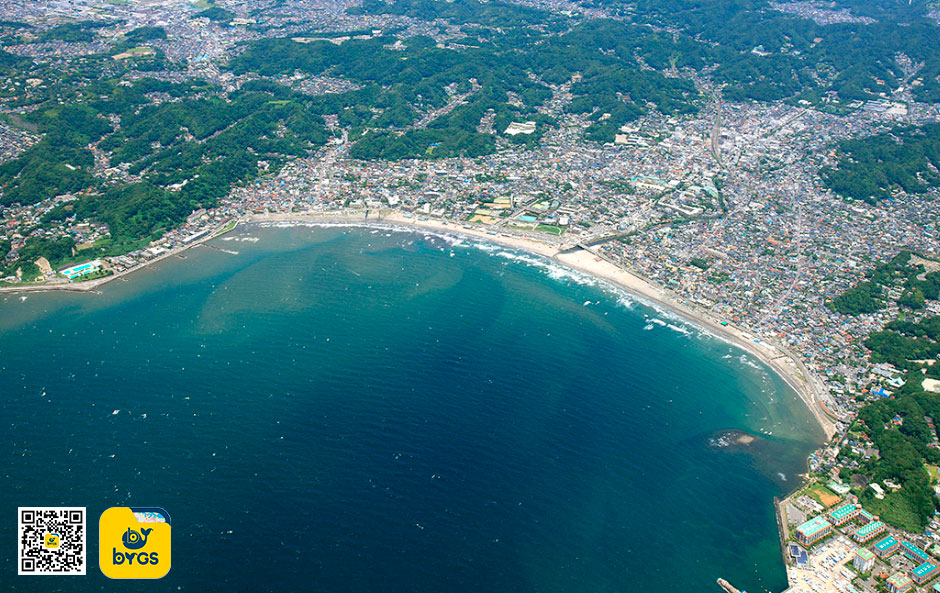
2. Top Attractions in Kamakura
- Great Buddha of Kamakura (Kamakura Daibutsu)
- Description: This iconic bronze statue of Amida Buddha, located at Kōtoku-in Temple, stands over 13 meters tall and dates back to the 13th century.
- Location: Kōtoku-in, Hase.
- Highlights: You can enter the interior of the statue.
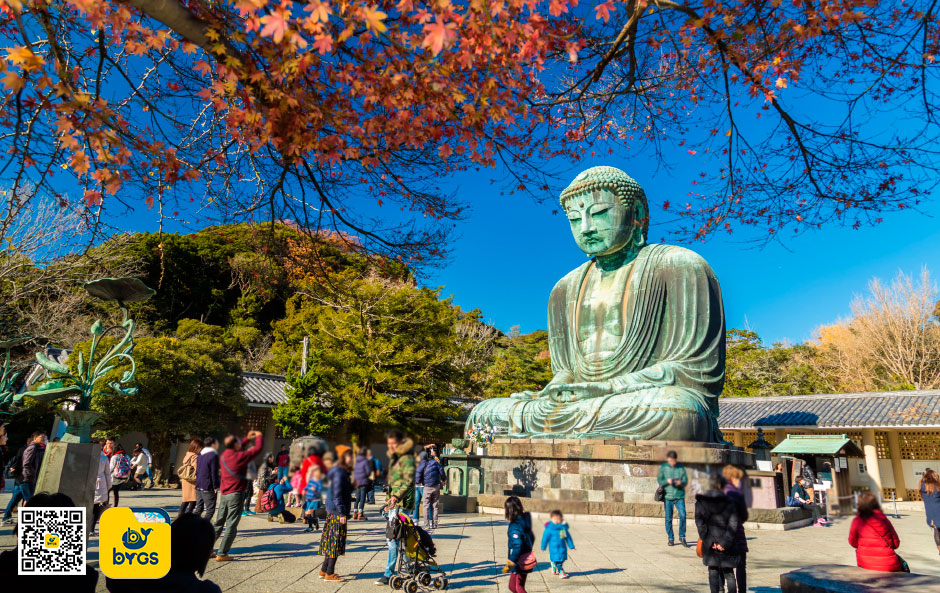
- Tsurugaoka Hachimangū Shrine
- Description: The principal Shinto shrine of Kamakura, dedicated to the god of war Hachiman. Founded in 1063 and rebuilt in the 12th century by the Minamoto clan, it’s a hub of local culture and festivals.
- Location: Yukinoshita.
- Highlights: Grand staircase, Kaguraden dance stage, and beautiful lotus ponds.
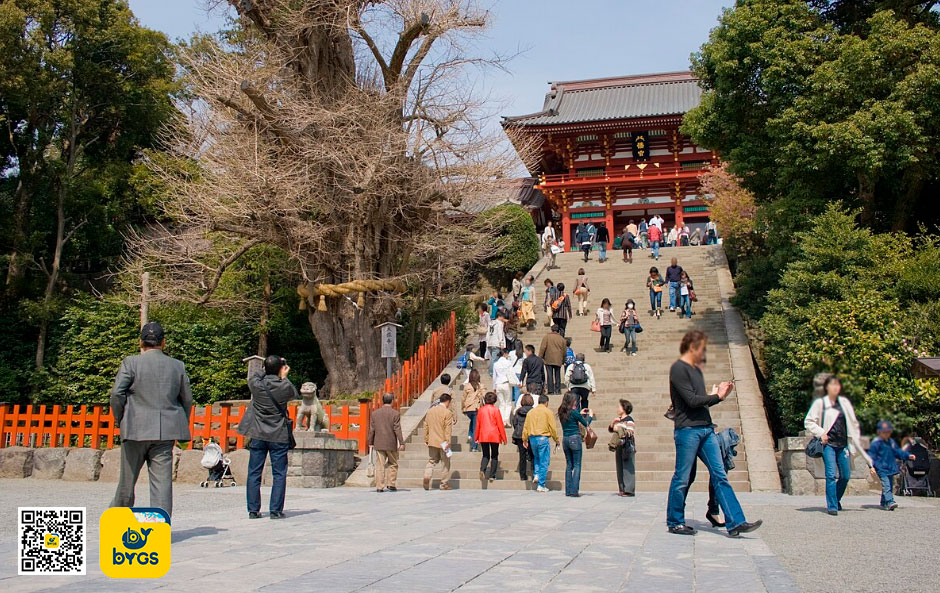
- Engaku-ji Temple
- Description: One of Kamakura’s main Zen temples, founded in 1282. Engaku-ji is famous for its impressive architecture and the national treasures it houses.
- Location: Kita-Kamakura.
- Highlights: Buddha Hall, bell tower (Great Bell of Engaku-ji), and the entrance gate (Sanmon).
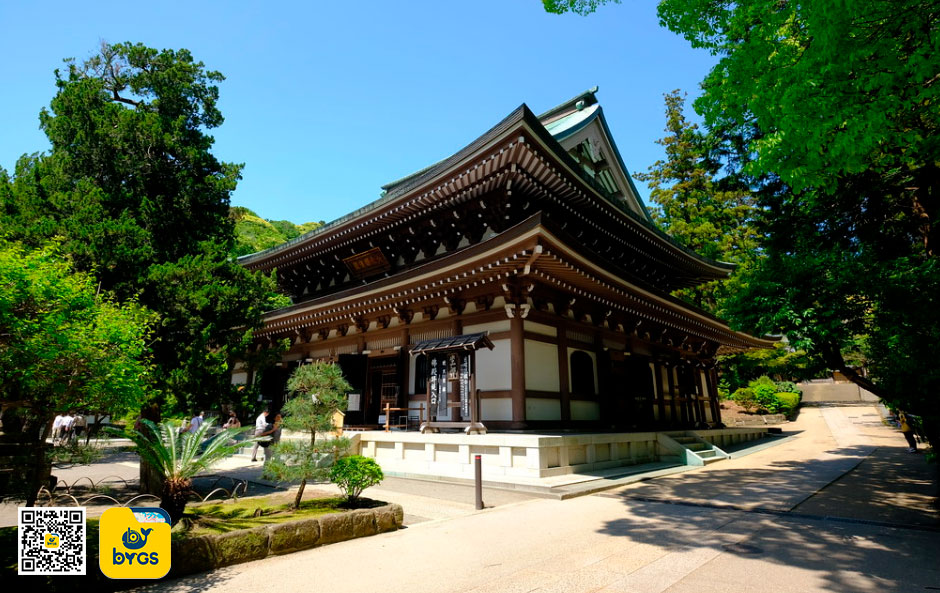
- Hasedera Temple
- Description: Known for its statue of Kannon, the Goddess of Mercy, and its hydrangeas that bloom in June. The temple offers a panoramic view of the city and Sagami Bay.
- Location: Hase.
- Highlights: Benten Cave, beautiful gardens, and observation terrace.
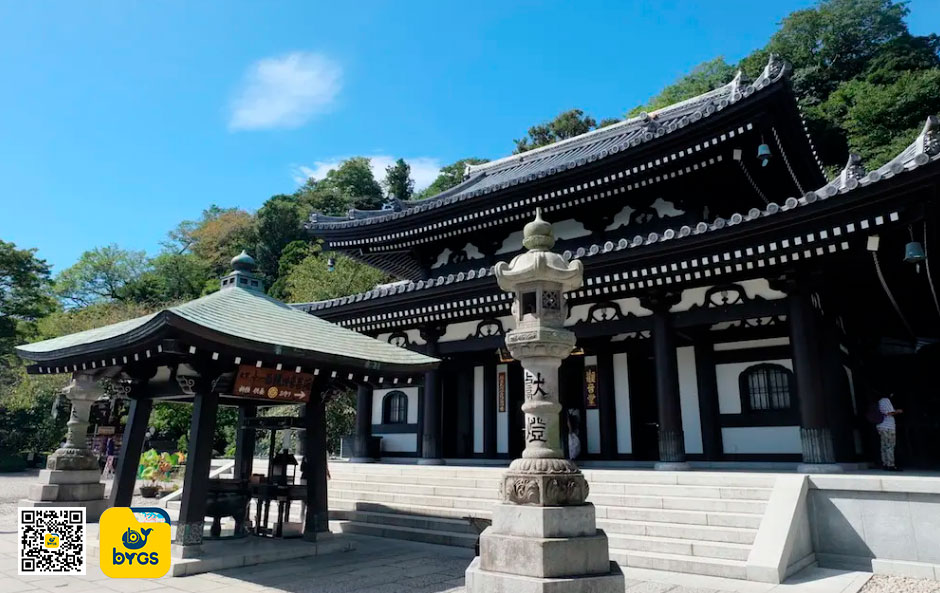
- Kenchō-ji Temple
- Description: Founded in 1253, Kenchō-ji is the oldest Zen temple in Kamakura and one of Japan’s most important. Its extensive grounds include many historic buildings and beautiful gardens.
- Location: Kita-Kamakura.
- Highlights: Grand gate (Sanmon), Buddha Hall (Butsumon), and the dragon painted on the ceiling of the main hall.
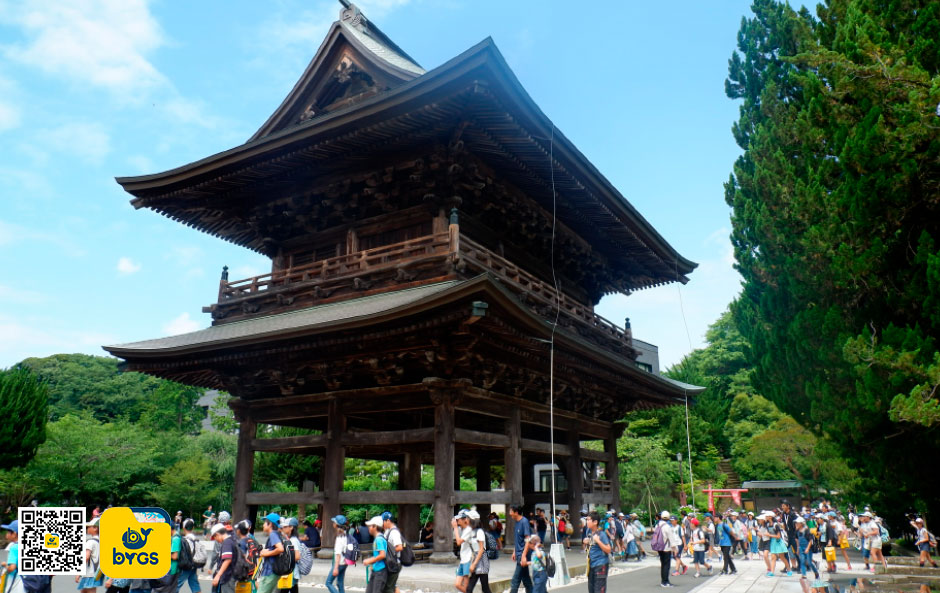
- Zeniarai Benten Shrine
- Description: A unique site where visitors wash their coins in hopes they will multiply. The shrine is dedicated to Benzaiten, the goddess of water and fortune.
- Location: Sasuke.
- Highlights: Money-washing cave and mystical atmosphere.
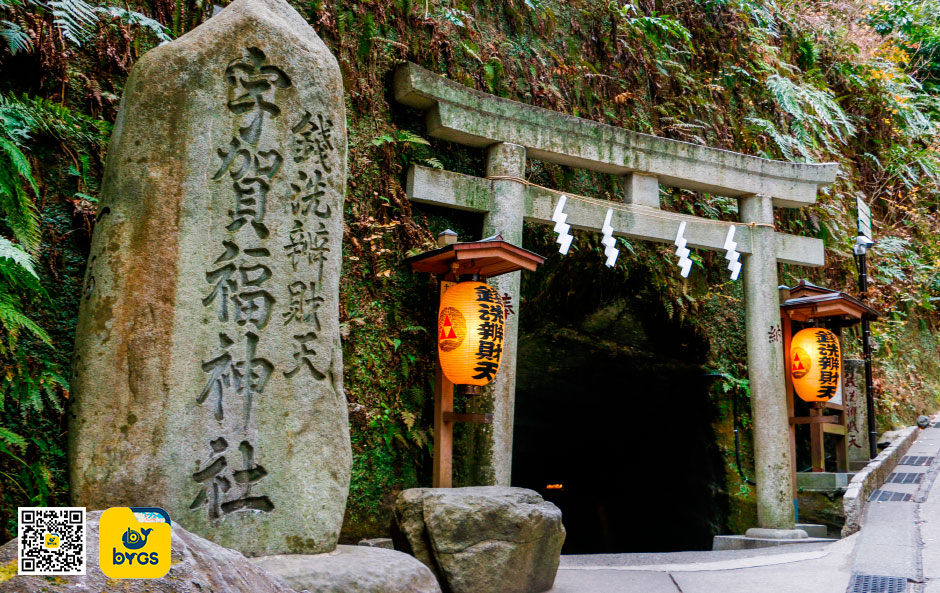
- Daibutsu Hiking Trail
- Description: A popular hiking trail offering beautiful views of Kamakura and passing by several smaller temples and shrines.
- Location: Between the Great Buddha and Kita-Kamakura.
- Highlights: Natural scenery, observation points, and the experience of walking amidst nature.
- Yuigahama Beach
- Description: One of Kamakura’s most popular beaches, ideal for swimming and relaxing. In summer, there are several temporary beach facilities.
- Location: Yuigahama.
- Highlights: Beach activities, cafes, and views of Mount Fuji on clear days.
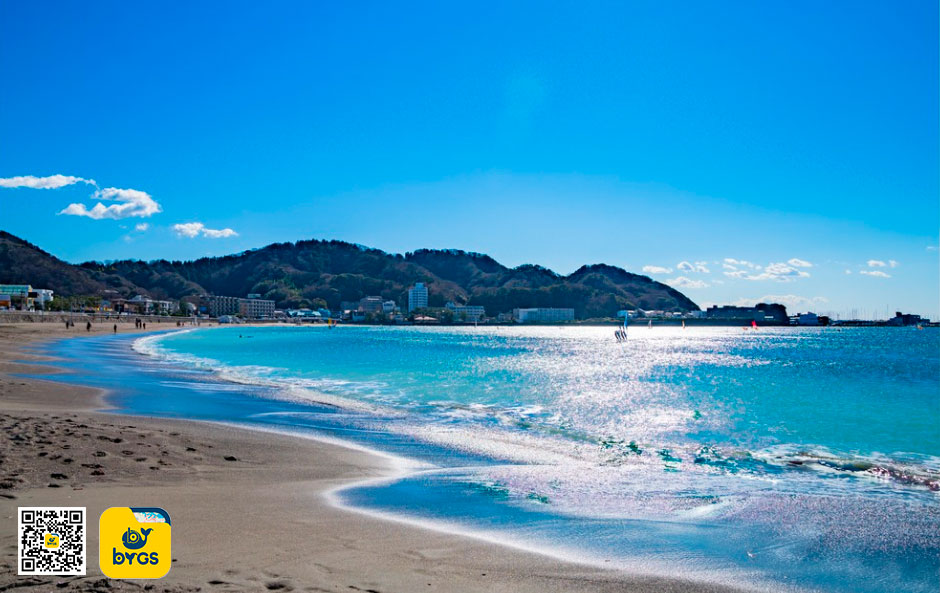
Tips for Visiting Kamakura
- Transportation: Kamakura is about an hour away from Tokyo by train. Kamakura Station and Kita-Kamakura Station are the main starting points for exploring the city.
- Transport Passes: Consider buying the “Kamakura-Enoshima Pass,” which offers unlimited travel on local trains and trams for a day.
- Planning: Kamakura is compact but has a lot to see. Plan ahead to maximize your visit and consider renting a bicycle for easier exploration.
- Local Cuisine: Don’t miss local specialties like shirasu (young sardines) and traditional Japanese sweets (wagashi).
Kamakura is a fascinating destination that blends rich history, spirituality, and natural beauty. Whether exploring ancient temples, hiking serene trails, or relaxing on the beach, Kamakura offers a unique experience reflecting the spirit of traditional Japan.

